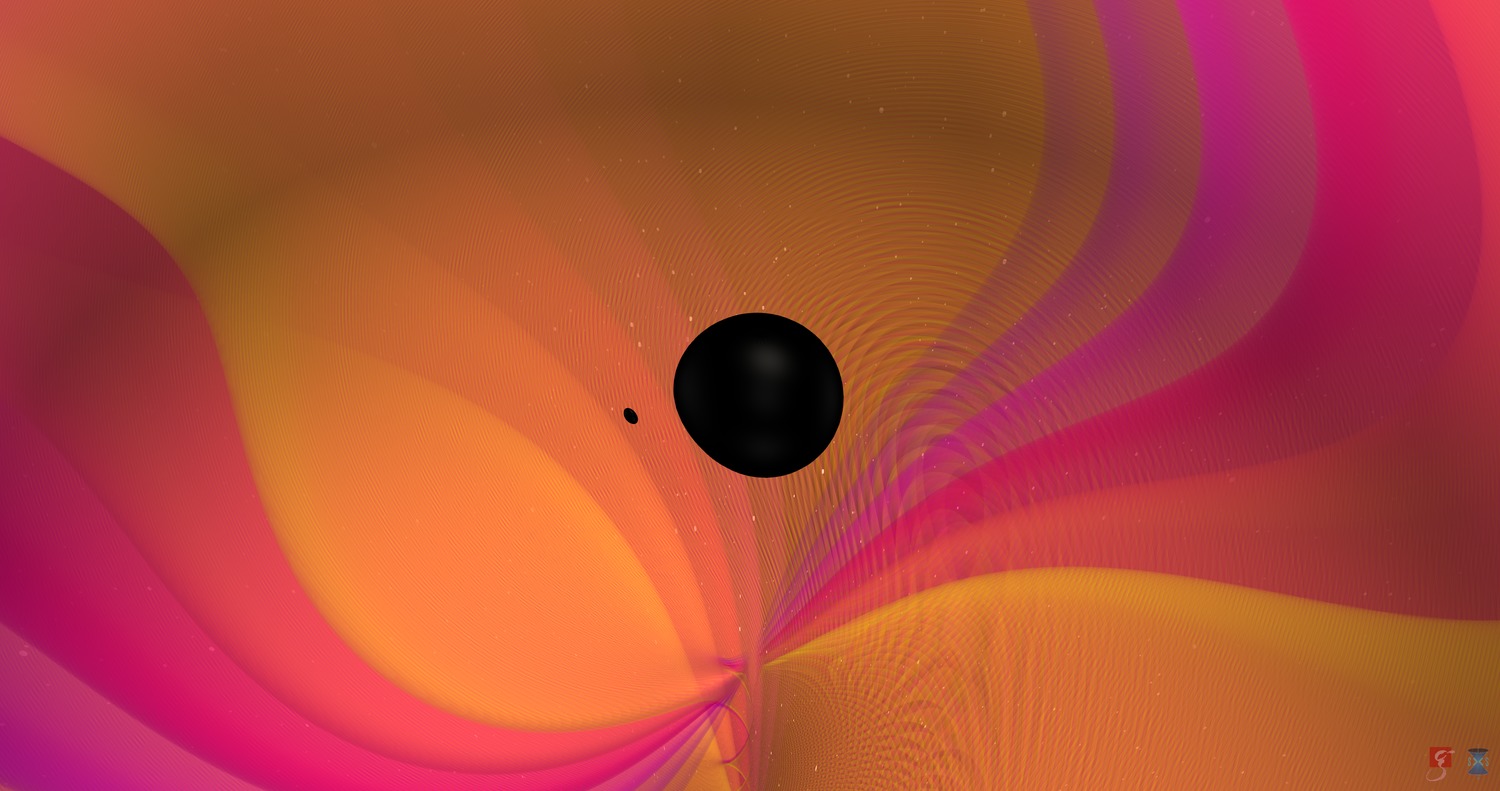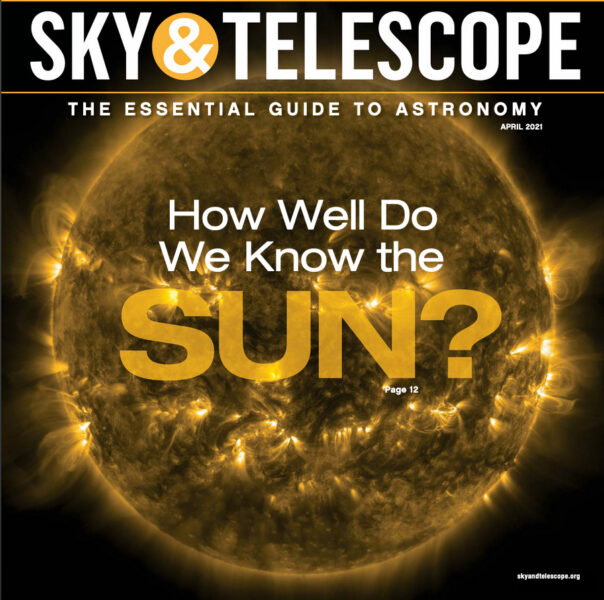Two Sky & Telescope authors have won prestigious awards from divisions of the American Astronomical Society (AAS) recognizing excellence in science journalism. (Although S&T is part of the AAS, we maintain a strict policy of editorial independence, and our science journalism is judged accordingly.)
The 2022 David N. Schramm Award for high-energy astrophysics science journalism, granted by the AAS's high-energy astrophysics division, will go to S&T science editor Camille Carlisle for "Gravitational Wave Detectors Find Mystery “Mass Gap” Object."
And the Solar Physics Division of the AAS has granted its Popular Media Award to freelance science writer Colin Stuart for his feature in the April 2021 issue of Sky & Telescope: "How Well Do We Know the Sun?"
Neutron Star or Black Hole?

N. Fischer, S. Ossokine, H. Pfeiffer, A. Buonanno (Max Planck Institute for Gravitational Physics), Simulating eXtreme Spacetimes (SXS) Collaboration
S&T's Camille Carlisle has been following black hole science for more than a decade. So when the LIGO/Virgo team announced the detection, via gravitational waves, of an object just 2.6 times the mass of the Sun, she knew right away it was worth covering.
When massive stars die, they become neutron stars or black holes. Neutron stars are expected to top out at around 2½ times the Sun's mass, and larger objects should then become black holes. But the vast majority of black holes weigh in at 5 solar masses or more. Carlisle's news story covers the debate about the nature of the 2.6-solar-mass object that falls in this gap.
Carlisle took the story a step further by covering another aspect of the research that hadn't been widely touted in other outlets: The gravitational waves show that the larger black hole involved in the collision with the smaller object wasn't spinning. That has implications for how massive black holes form and for how often they merge, especially in unequal mergers such as this one. As Carlisle writes, "In short, GW190814 challenges all astrophysical paradigms — mass gap, formation scenarios, and merger rates."
Read the full story here: "Gravitational Wave Detectors Find Mystery “Mass Gap” Object."
How We Can Know the Sun

For the second year running, a Sky & Telescope author has swept up the SPD award for writing about the Sun or its effects on Earth’s environment. Colin Stuart is an astronomy author and speaker who dove in to the complex topic of the Sun's composition, and what it says about the hidden solar interior.
"There’s a problem with the Sun, or at least, a problem with our understanding of it," Stuart writes in the feature's introduction. "Rival groups of astronomers are racing toward a solution, adamant they each have the correct answer. Who turns out to be right could have huge consequences for the way we understand the Sun, other stars, and their planets."
Stuart then takes on two very different ways of understanding the Sun: Spectroscopy tells us about which elements — especially ones heavier than hydrogen and helium — are in the Sun's outer layers. Helioseismology, on the other hand, delves into the solar makeup using the "hum" that comes from the swell and sink of huge flows of material inside our star.
For reasons not yet fully understood, these two sides don't agree on the Sun's composition, a problem known in the field as the solar abundance problem. And if we don't know our own star, how well can we really understand others?
Tackling this problem involves the study of neutrinos, fusion cycles, the way that plasma boils within the Sun, and maybe even physics beyond the Standard Model. Stuart deftly navigates this complexity to a satisfying (if still unsettled) conclusion.
Read the full feature article here: "How Well Do We Know the Sun?"
To support our science journalism, please consider subscribing to Sky & Telescope. More subscribers mean more resources to create great stories like these.
 2
2
Comments
[email protected]
May 11, 2022 at 3:36 am
Congratulations to Carlisle and Stuart. In particular, I always read Carlisle's prose, no matter what the topic, as it is always so clear, informative, and entertaining. Well deserved, Sky & Telescope!
Geoff McNamara
MSATT
Canberra, Australia
You must be logged in to post a comment.
John-Hunt
May 19, 2022 at 6:54 am
Allow me to add my congratulations to both Carlisle and Stuart. I read both of these pieces when they came out, of course, and both deserve the recognition. There's a reason why I get excited whenever my wife tells me, "You got a new Sky and Telescope!"
You must be logged in to post a comment.
You must be logged in to post a comment.